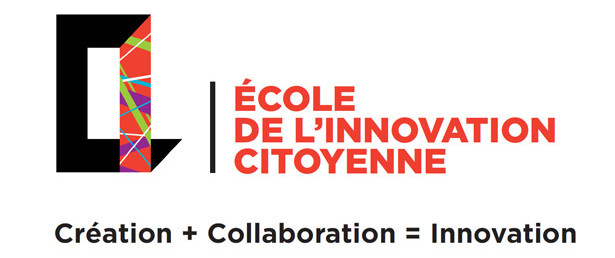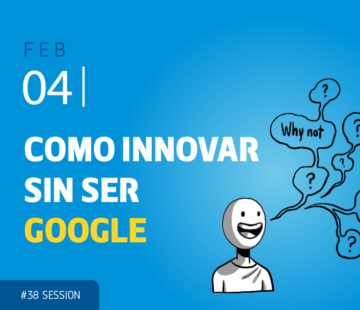A case for government/citizens Co-creation

If there is a context in which Co-creation and Co-Innovation makes sense, this is the one about public policies and initiatives. Paradoxically, it seems one of the areas with a strongest resistance to abandon Top-Down practices.
This is specially significant if we consider the increasing use of the word “crisis” attached to public institutions and the decreasing value granted to them by the citizens they are supposed to represent. This is also strongly related to the current debate about what democracy should be in 21th century and how to implement it.
As in so many other areas, the problem lies in the fact that, at its core, not many things have changed for the last half a century neither in the government / governed relationship. It is unfortunately increasingly frequent to witness examples of social unrest and political disaffection sparked by new legislations or even just a street new refurnishing implemented by a process in which citizens’ participation was not taken into account at all.
Beyond governance itself, the problem worsens if considering areas in a desperate need of innovation and mainly managed by organizations within the public sector, as in Education or Health.
For years, we’ve had the opportunity to have a close look to many projects on the so called e-democracy, e-participation, G2C (Government to Citizen) platforms, etc. Unfortunately, a too much high percentage of these projects failed because their approach was mainly (and sometimes even exclusively) technological. Or worse, their main goal was just a PR exercise for the public agencies implementing them.
But, it is also fair to say that, as for any other kind of organizations, f
All these considerations arose after having recently the opportunity to know and talk with people responsible of the project École de l’innovation citoyenne at Montreal, an initiative with a cooperative and interdisciplinary approaches that we liked a lot.
École de l’innovation citoyenne